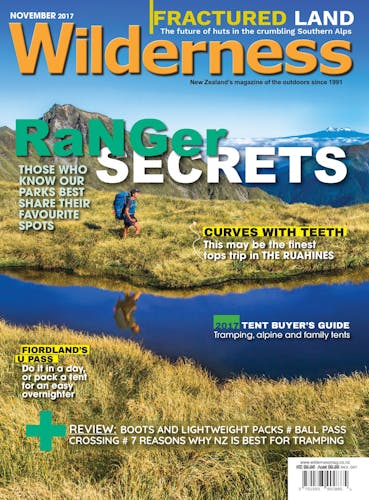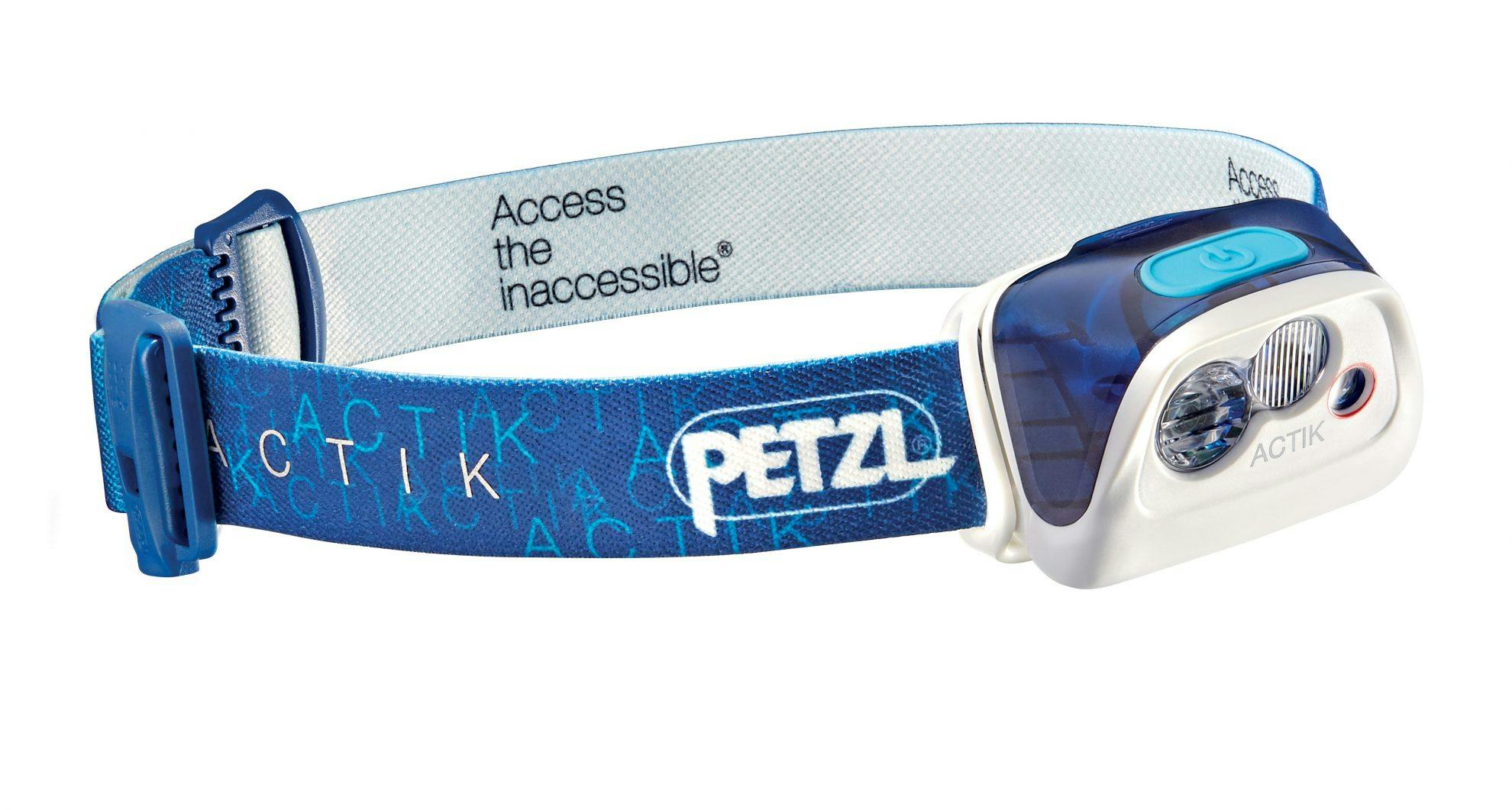Letter of the month
Kea capers
The item on kea (‘Kea numbers estimated at 3000-7000’, June, 2017) reminded me of an encounter I had with the parrots.
I was fly fishing the upper reaches of Roaring Lion River with two mates. Barney and I were both medicos, but Baldy was deputy director of DOC.
We had ended a hard day’s tramp downstream and were still a day away from Roaring Lion Hut. At Barney’s suggestion, we camped and after a meal and a brew, he retired to his so-called tent while Baldy spread his gear out on the grass. I pitched a pup tent, mainly because there were swarms of sandflies. Before retiring, though, I noticed three keas circling above.
At about 4am, I woke to Baldy saying, “Yeah, what do you want? Have you made a cup of tea?”
“What’s wrong with the old fool?” Barney asked. Baldy’s beanie had been dislodged sometime during the night and the keas had raked up sufficient courage to peck at his bald pate.
Barney and I were hysterical, more so when Barney said, “best thing that could have ever happened to a state servant”.
– John Kent, Christchurch
John receives a Petzl headlamp worth $86.50 from Outdoor eStore. Readers, send your letter to editor@lifestylepublishing.co.nz for a chance to win.
Wide feet
In the boot buyer’s guide (September 2017), reference is made to fit and width in the section on hiking shoes, but not in the section on three and four season boots.
I take a US14 boot, but my biggest problem is the majority of boots do not cater for people with wide feet. I had to buy a pair of boots earlier in the year, finally settling on a pair of Scarpa boots, however, even those were not quite wide enough.
It is my belief that NZ men have wider feet than the males in the countries where most of the boots are now made. When I was growing up, there was a local manufacturer who made a very wide boot that was fitted with what was called a commando sole. They were a magic boot for me as they were a perfect fit.
When you carry out any further boot reviews could you please include information as to the availability of what width the boots come in plus whether they are supplied in the larger sizes.
– John Dickason, email
– Boots with extra width are marked as ‘WXL’ and ‘widefit’ in our buyer’s guides. We’ll make this clearer next time. – AH
When to turn back
Shaun Barnett’s aborted trip to the Olivine Ice Plateau (‘Into the Forgotten’, August 2017) reminded me that I’d seen some photos by Danilo Hegg (who accompanied Barnett on this trip) of that area. They inspired me to journey to the tops for a view over the Dart Valley and new-ish lake, this past June. It was a casual three-day trip alone. Perhaps too casual, as I did little more than study the map and head up after crossing Daley’s Flat swingbridge.
Up, up I climbed, encountering limestone outcrops and even some old permolat markers, though there was no sign of any track. Eventually, the denseness and debris of the forest, the sheerness of the rock formations and choked depths of the chasms stopped my upward progress. I realised I’d never make the tops. What had seemed do-able on the map was different in reality! I turned around and descended.
I smiled at Barnett’s account of the descent. I knew exactly what he meant when he described a ’maze of cracks and fissures… [leading to] dead-ends’!
I am not a mountain climber, so it is the photos and accounts I see in Wilderness that will allow me to see areas such as the Olivine Ice Plateau.
– Stephen Keach, email
Plant identification
The article ‘The battle above the treeline’ (October, 2017), mentioned that trampers could help detect weeds around huts. That can be done right now, as there is already an app and an online database. The app, iNaturalist, is available on Android and iPhone, and works offline.
After installation, join the knowledgable New Zealand group NatureWatch.org.nz. When at the hut, simply photograph a species and the app will upload your observation when internet access is available.
Even if you’re not sure of what you’re seeing, simply mark it as ‘plant’ and NatureWatch volunteers will no doubt quickly recognise and identify the plant for you.
– Berend de Boer, email
First aid kits
It is a good idea to review the contents of our first aid kits (‘Back to basics: Spring’, October, 2017). I would suggest also adding some steri-strip skin closures, a scalpel blade and a needle (for removing prickles). These items will not take up any space.
Your mobile phone is a good resource. You can use the front-facing camera as a mirror if you get something in your eye. Use
the phone’s video to assess injuries to your body that you can’t see (head, back and inside your mouth). Photograph poisonous plants, insects or spiders which may have affected you to help aid identification.
I also have a digital version of a first aid manual on my phone. You can download a New Zealand-specific manual from the website tripleonecare.co.nz.
– Ryan Lock, Blenheim








